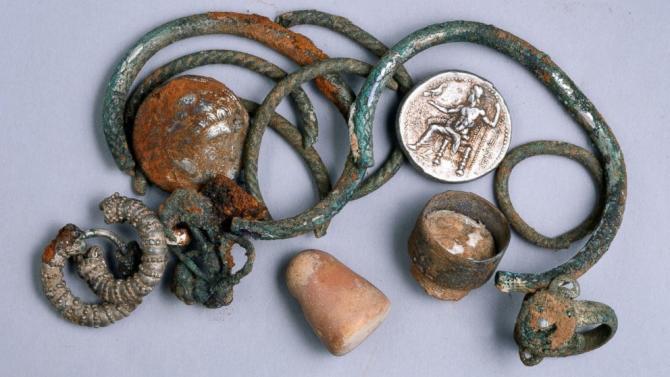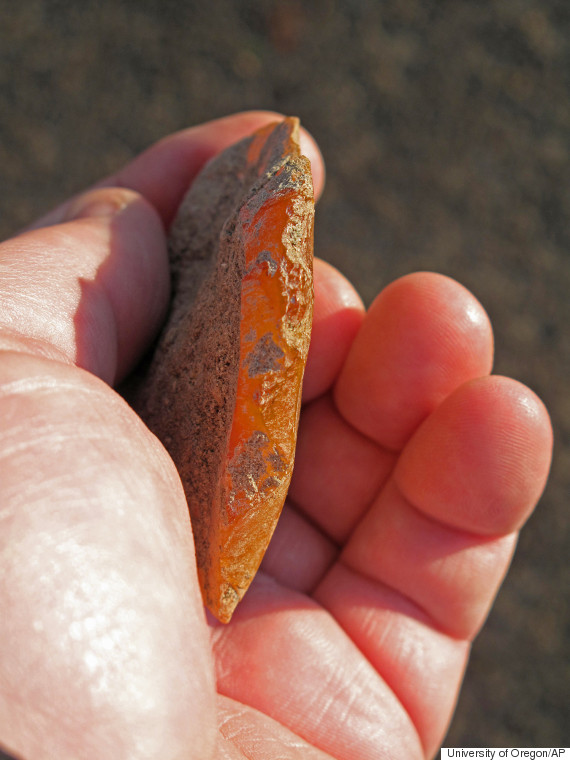Don't forget to check out the new The Truth Be Told today
Carolina Naturally is read in 201 countries around the world daily.
Today is - Johnny Appleseed Day
You want the unvarnished truth?
You want the unvarnished truth?
Don't forget to visit:The Truth Be Told
Some of our readers today have been in:
The Americas
Hamilton, Bermuda
Belo Horizonte, Brasilia, Pocao de Pedras, Recife, Rio de Janeiro, Sao Paulo e Vitoria da Conquista, Brazil
Montreal and Quebec, Canada
Bogota y Neiva, Colombia
Guayaquil, Ecuador
Mexicali, Mexico City, Monterrey y Tijuana, Mexico
Boaco, Nicaragua
Catano y Ponce, Puerto Rico
The Bottom, Sint Eustatius-Saba
Barquisimeto, Venezuela
Europe
Brussels, Belgium
Sarajevo, Bosnia-Herzegovina
Ruse, Sofia и Varna, Bulgaria
Karlin, Prague a Stare Mesto, Czech Republic
London, England
Bordeaux,
Calais, Cerny, Marseille, Nice, Paris, Roubaix, Rouen, Saint-Agnant,
Salon-De-Provence, Strasbourg et Velizy-Villacoublay, France
Frankfurt Am Main, Hamburg, Nuremberg und Unterpfaffenhofen, Germany
Meria, Georgia
Athens, Greece
Rathcoole, Ireland
Agliana, Arcugnano, Florence, Palermo, Torino e Torre del Greco, Italy
Koknese, Riga, Ventspils, Latvia
Chisinau, Moldova
Haarlem en Houten, Netherlands
Biala Podlaska, Myslowice i Warsaw, Poland
Lagoa e Porto, Portugal
Bucharest și Timisoara, Romania
Bol'shoy Kamen и Ryazan, Russia
Bratislava a Prešov, Slovakia
Madrid, Valencia y Vigo, Spain
Kista, Sweden
Asia
Beijing, China
Phnom Penh, Cambodia
Bangalore, Bhubaneshwar, Bokaro, Calicut, Chetput, Jodhpur, Mumbai ਅਤੇ Muzaffarpur, India
Pacarkeling, Indonesia
Tehran, Iran
Tokyo, Japan
Amman, Jordan
Al Fahahil, Kuwait
Kajang, Kota Bharu, Kota Kinabalu, Kuala Lumpur, Kuching, Papar, Seremban dan Victoria, Malaysia
Colombo, Sri Lanka
Doha, Qatar
Sanaa, Yemen
Africa
Cotonou, Benin
Nairobi, Kenya
Abuja, Lagos, Nigeria
Johannesburg, South Africa
The Pacific
Homebush and Sydney, Australia
Noumea, New Caledonia
Makati, Philippines


































